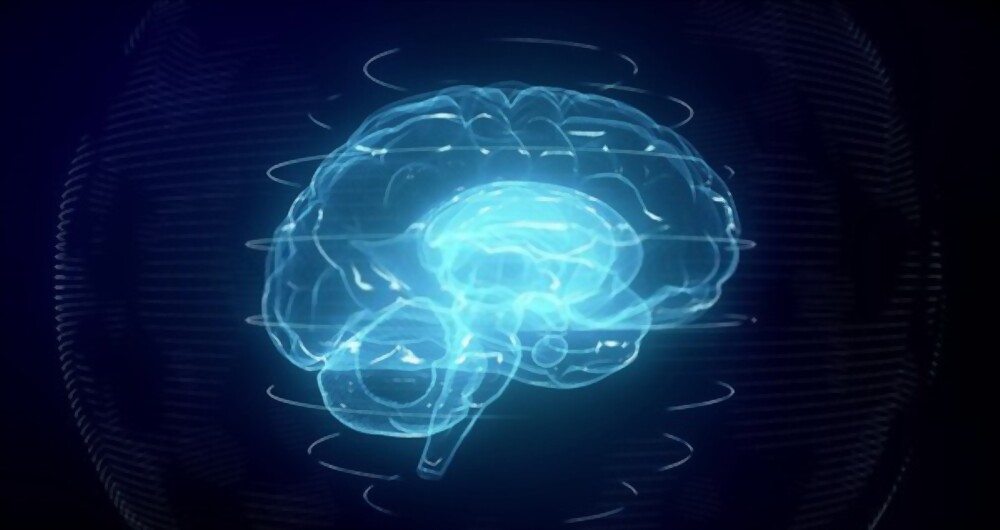What is neuroplasticity?
Neuroplasticity is the ability of the nervous system to change its activity in response to any stimuli by reorganizing its structure or function.
Background and overview-
It was once believed that the brain stopped developing after the first few years of life as a young child. It was considered that only young brains were able to form new connections and thus if a particular area of the adult brain was damaged, the nerve cells could not form new connections or regenerate, thus losing the function.
Neuroplasticity, describes changes to the brain that happen in response to new experiences, throughout life. The brain development and behaviour are guided by a basic genetic blueprint.
The human brain is highly dynamic. It is a constantly reorganizing system capable of being reshaped. Neuroplasticity refers to the capacity of the brain to change and rewire across its lifespan. It is done through neurogenesis, which is the ability to create new neurons and connections between neurons throughout a lifetime. As we age, neuroplasticity, declines but does not halt.
Plasticity and our experience-
Changes in the brain can occur due to a variety of stimulus, and 3 types of plasticity occur-
- Experience-independent – whatever happens in the brain during the prenatal development, ie the Neuronal connections and brain formation. This is a stage of brain development.
- Experience-expectant plasticity which is independent of external factors helps the neurons to connect to each other.
- Experience-dependent plasticity can be seen throughout the life of every individual. Brain changes occur with different situations. These can be moving to new territory, learning problems or healing from an injury. Those are the daily challenges for all living creatures. Thus there is either an increase or decrease synapse numbers.
Plasticity is a hugely experience-dependent event, especially experience which occur in early stages of life.
Learning is the key to neural adaptation.
Why is neuroplasticity clinically significant?
Neuroplasticity is also a phenomenon that aids brain recovery after the damage produced by cases in stroke or traumatic injury. This ability to manipulate specific neuronan pathways shows important implications to improve health.
A lot of interventions consisting of specific exercise training, cognitive training and neuropharmacology are all based on understanding the concept of plasticity, which helps provide a better quality of life.
Neurorehabilitation can enhance brain and neuromuscular adaptation which reduces threats for cognitive or any functional variation.
The bottom line-
Neuroplasticity can be manipulated in both the healthy and diseased brain. Utilising the brains’ ability of plasticity, there is an improved rehabilitation provided, thus an improved quality of life.
Also read- https://vcurehealthcare.com/basic-life-support-in-medical-emergencies/





